34 Facts About Spanish Food, From Bull’s Tails to Tapas Traditions
Spain may not be the first country that comes to mind for iconic food, but its cuisine is just as exciting and flavourful as food from Italy (and sometimes, more so!).
From the fresh ingredients in every dish to the long history that shapes its recipes, Spanish food offers a fascinating mix of tradition and more contemporary twists.
I’ve been spending my summers in Spain since I was 12 years old, and I even lived in Spain for almost 2 years in my late twenties!
Not only that, but my parents both live in a rustic Spanish pueblo in the province of Valencia, so I visit several times a year, returning a bit heavier each time!
What I’m trying to say is, when it comes to facts about Spanish food, I’m your gal.
I’ve eaten my way all over the country, from vegan retreats in Mallorca to wineries in Utiel-Requena, the village where paella was born, to the regional cuisine of Andalucia.
In this post, we’ll discover the secrets behind classics like paella and churros, explore dishes unique to specific regions, and explain how food is a big part of Spanish culture.
So, grab a glass of vino tinto and get comfy, because we’re going to be here for a while.
Here are 34 Spanish food facts.
34 Interesting Facts About Spanish Food
1. The Spanish diet is the Mediterranean diet
Spain occupies a prime spot on the Mediterranean coast, and unsurprisingly, its cuisine reflects this.
Just like Italy, Spain embraces the Mediterranean diet, which is actually considered one of the healthiest in the world!
The Mediterranean diet places an emphasis on fresh, seasonal ingredients like olive oil, fruit and vegetables, lean proteins, and whole grains.
You’ll find seafood playing a starring role in many dishes, thanks to Spain’s extensive coastline, and popular meats include succulent cuts of pork and lamb.
So, while Spanish food certainly has its own unique flair, it shares the core foundation of the heart-healthy Mediterranean way of eating.
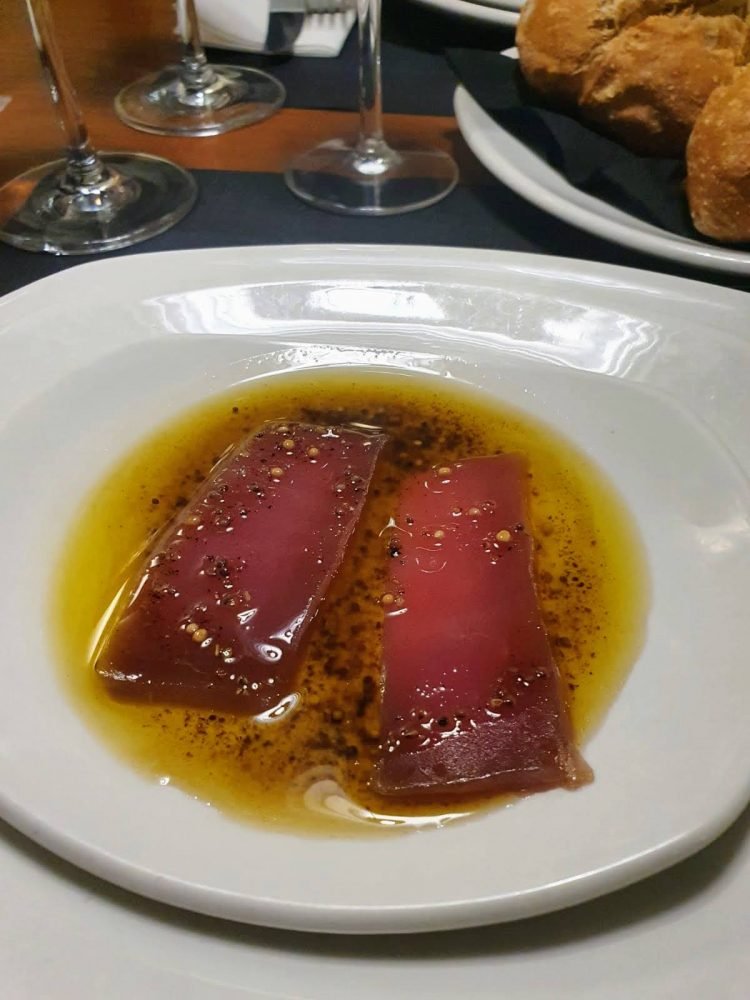
Seafood and EVOO are staples of Spanish cuisine
2. Spanish food differs wildly, depending on where you go
Spain boasts a culinary landscape that’s just as diverse as its geography.
Travel north to Galicia, and you’ll be greeted by hearty seafood stews, while if you head south to Andalucia, you’ll see vibrant tapas culture taking centre stage.
Venture inland to Castile and La Mancha, and you’ll encounter a land of stews, roasts, and Manchego cheese, reflecting the region’s history of sheepherding and simpler fare.
Every region in Spain has its own specialties, so wherever you go, you’re sure to discover something new!

3. Spanish people say ‘¡Buen provecho!‘ at the start of a meal
Spanish people traditionally say ‘¡Buen provecho!‘ before digging into a meal, which is essentially the same as saying ‘enjoy your meal!’ or bon appetit.
4. Spanish omelettes are made with potatoes!
Spanish omelettes, or ‘tortilla de patatas,’ are a national treasure, and yes, potatoes are absolutely the key ingredient here.
A good tortilla de patatas is filling, usually consumed at room temperature, and at any time of day (you’ll often see them on the menus in tapas bars).
They are packed with tender, fried potatoes, bound together with eggs, and cooked slowly in olive oil until golden brown.
You will find two types of people in Spain – those who eat tortilla with onions, and those who don’t. I am firmly in the onion camp, but some people prefer their tortilla to be made only with potatoes.

5. Paella is from Valencia
So many people associate paella with Spanish food in general, but the birthplace of paella is actually Valencia (specifically the village of El Palmar).
While you’d be forgiven for thinking that traditional paella involves seafood, paella Valenciana is actually made with chicken, rabbit, snails, and beans, and flavoured with saffron and rosemary.
The sign of a good paella is when the rice sticks to the bottom of the pan in a crispy layer (the pan is actually called a ‘paella’), and paella is always a lunchtime dish.
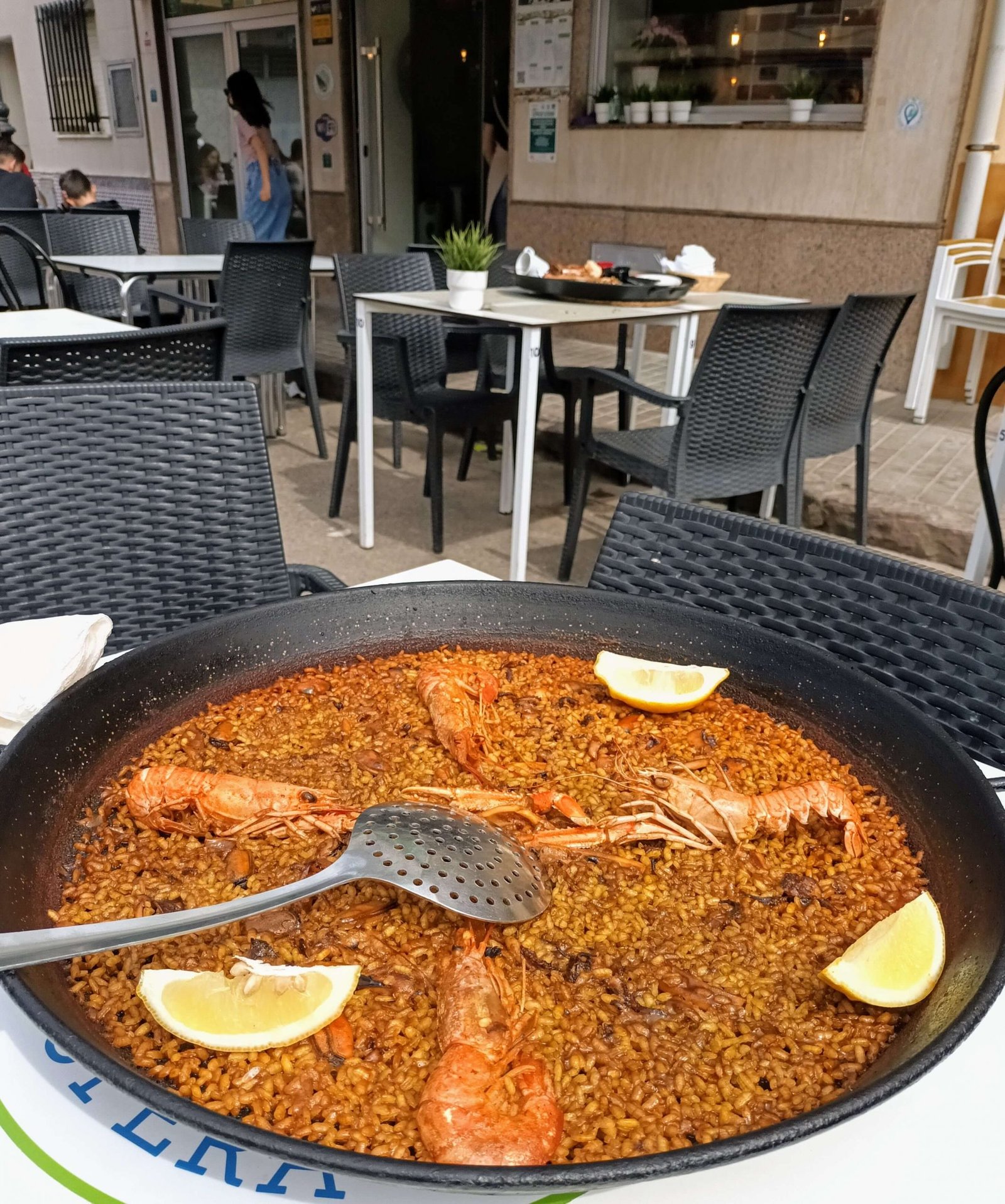
6. There’s a version of paella that is made with pasta!
Fideuà is paella’s less popular little brother, but it’s just as delicious!
Fideuà is basically paella but with hollow noodles called fideuà used instead of rice!
Fideuà are very fine noodles, similar to angel hair pasta, which are cut into very small pieces.
Fideuà is typically made with seafood such as shrimp, cuttlefish, squid, crayfish and monkfish, cooked in fish stock and seasoned with a generous squirt of lemon.
7. Spanish people eat churros for breakfast
No, this is not a drill – you can eat chocolate for breakfast in Spain!
Churros are actually a breakfast staple in Spain, especially in the colder months.
Most Spaniards dip their homemade churros into thick melted chocolate, or they may even dunk them into their morning café con leche (coffee with milk).
Of course, churros aren’t the only breakfast option in Spain! Toast with olive oil is popular, and it’s also common to rub tomatoes over toasted bread, along with a little garlic and salt (pane con tomate).
My mum loves to eat ensaïmadas (a sweet, spiral pastry dusted with icing sugar), which originated in Mallorca but are now found in supermarkets and bakeries all over Spain.
8. There’s an artichoke festival in Spain!
The town of Benicarló, in the province of Castelló, is actually famous for its artichokes, which have their own Designation of Origin!
Benicarló is SO proud of its artichokes that it holds an artichoke festival every January, where local restaurants compete to create their best dishes using artichokes, from desserts to sauces, tapas dishes, and main courses.
They even invite local artists to create artichoke-themed artwork!
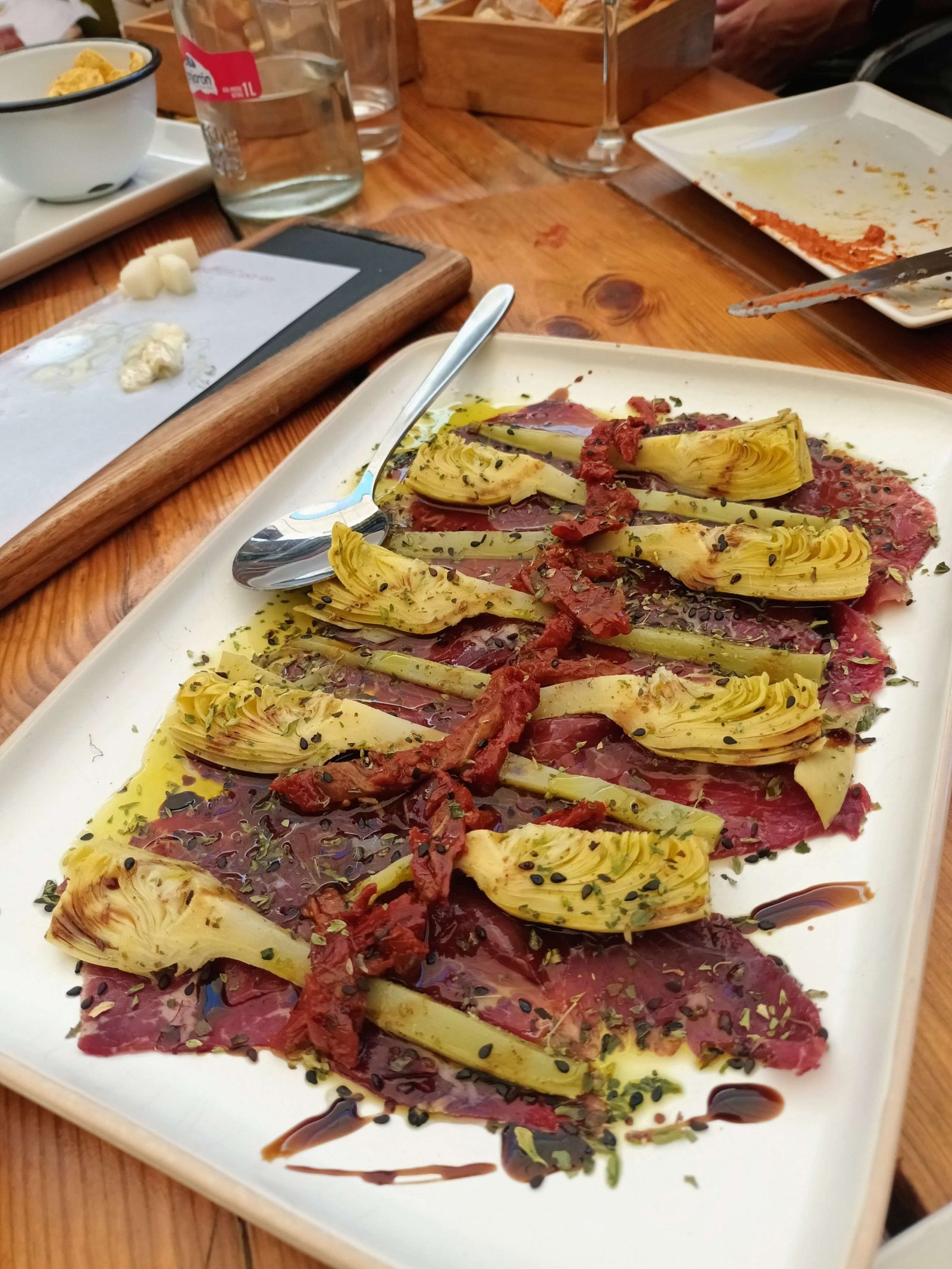
9. Spain produces 75% of the world’s saffron
Did you know Spain accounts for a whopping 75% of the world’s saffron production?
Known as ‘red gold,’ saffron is one of the most expensive spices in the world (a kilo of saffron can cost upwards of 2000 EUR!), and it thrives in the dry climate of La Mancha, central Spain.
Saffron has to be cultivated and handled delicately, and its delicate threads add a touch of luxury to Spanish cuisine, with its floral and earthy notes transforming paellas and stews adding a complexity that’s hard to replicate.
10. Tapas is an integral part of Spanish food culture
There are several theories about where tapas, Spain’s iconic small plates, came from.
One popular tale involves King Alfonso X, who supposedly ordered that drinks be served with small snacks to keep his soldiers from getting too tipsy.

However, it is also widely-believed that the practice of tapas began with tavern owners covering glasses with saucers or slices of bread in order to keep out pesky flies.
In fact, the word ‘tapa’ actually comes from ‘taper,’ which means ‘to cover!’
Some of the most famous tapas dishes include patatas bravas, croquetas, and Jamón Ibérico.
11. Valencian oranges are world-famous!
Did you know that Valencian oranges are world-famous?
Valencian oranges are renowned for their sweetness, vibrant colour, and versatility.
However, if you happen to be walking around the city centre and see some blooming oranges on the tree-lined sidewalks, don’t eat them – the oranges that grow from the trees on the streets are a different type of orange, and are very bitter to the taste!
12. Spanish people eat turrón at Christmas
Just like panettone in Italy, Spain has its own traditional Christmas treat: turrón.
Turrón is essentially nougat, and it comes in two main varieties: the soft and crumbly ‘turrón de Jijona,’ made with honey and almonds, and the harder ‘turrón de Alicante,’ with whole, toasted almonds.
Turrón is a big part of Spanish Christmas traditions, and its presence on dessert tables is practically mandatory in Spanish households.
13. The Spanish love of hot chocolate goes back centuries
In 1528, Hernán Cortéz returned to Spain from the New World with cocoa beans.
Cortés, famed for leading the Spanish conquest of the Aztec Empire, encountered the indigenous people enjoying a frothy, bitter beverage made with cocoa beans, chilies, and cornmeal.
Having a sweeter tooth than the Aztecs, the Spanish added sugar cane from the Canary Islands, and just like that, hot chocolate was born!
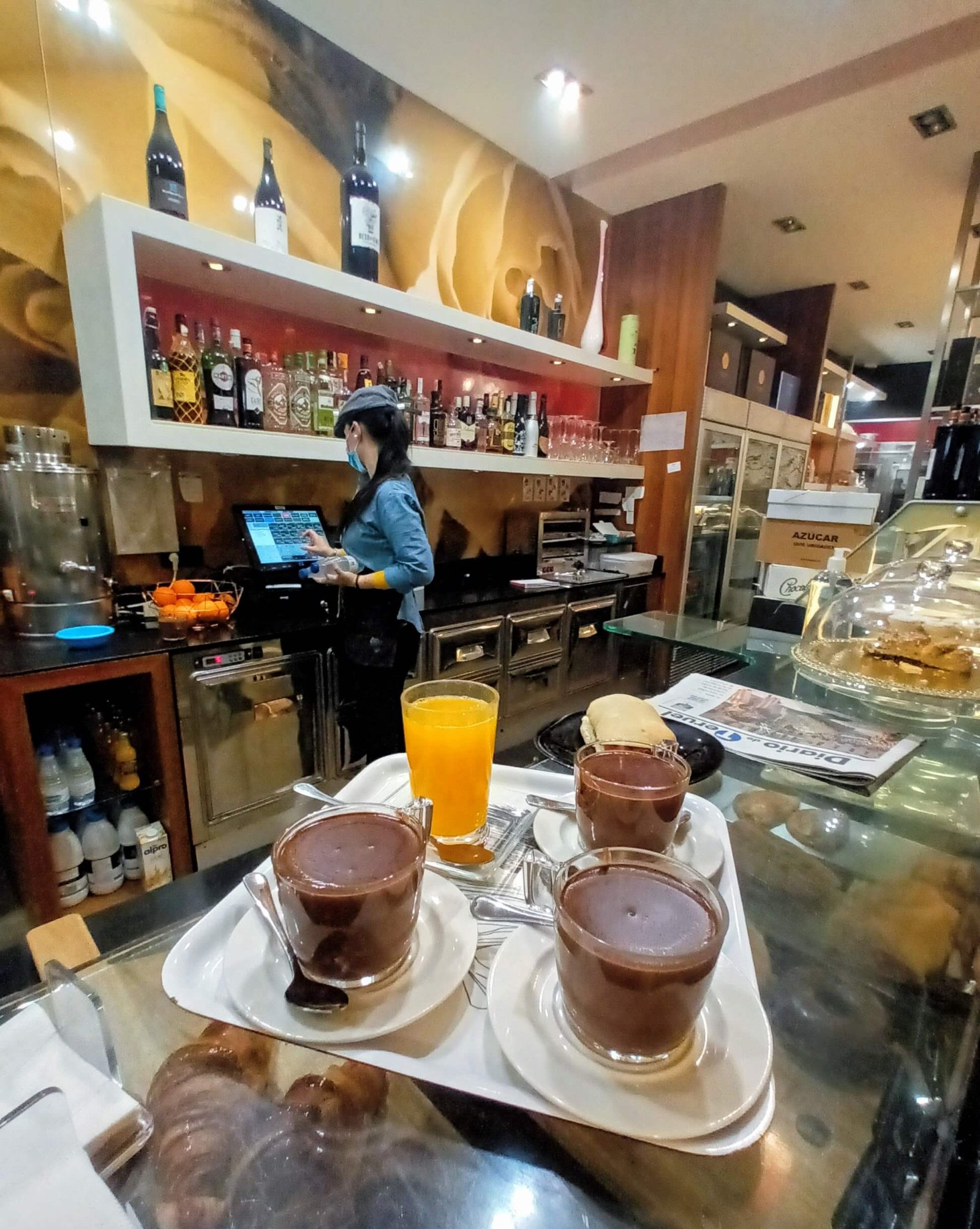
At first, hot chocolate was exclusively enjoyed by the upper class, but over time, the general population adopted it, and it remains a cherished part of Spanish food culture today.
Spanish hot chocolate is rich, thick, and worlds apart from the instant hot chocolate I grew up with in the UK!
14. Spaniards have their own version of elevenses!
While some Spanish-speaking countries refer to lunch as ‘almuerzo,’ the word ‘almuerzo’ in Spain refers to a mid-morning snack, or ‘second breakfast,’ similar to the concept of ‘elevenses’ in England!
Almuerzo is meant to tide hungry Spaniards over until lunchtime, and a typical almuerzo food is a bocadillo, or baguette.
A common bocadillo enjoyed by working men all over Spain is called blanco y negro, and the name refers to its two main ingredients – longaniza (white sausage), and morcilla (blood sausage).
Scrambled egg, broad beans, and alioli can also be added.
15. A Menu del Día is a great & affordable lunch
If you’re on a budget and want to experience an authentic Spanish lunch, a menu del día is a great way to do just that.
Literally translating to ‘menu of the day,’ a menu del día is a fixed-price lunch menu that typically includes bread, a starter, main course, drink, and dessert or coffee.
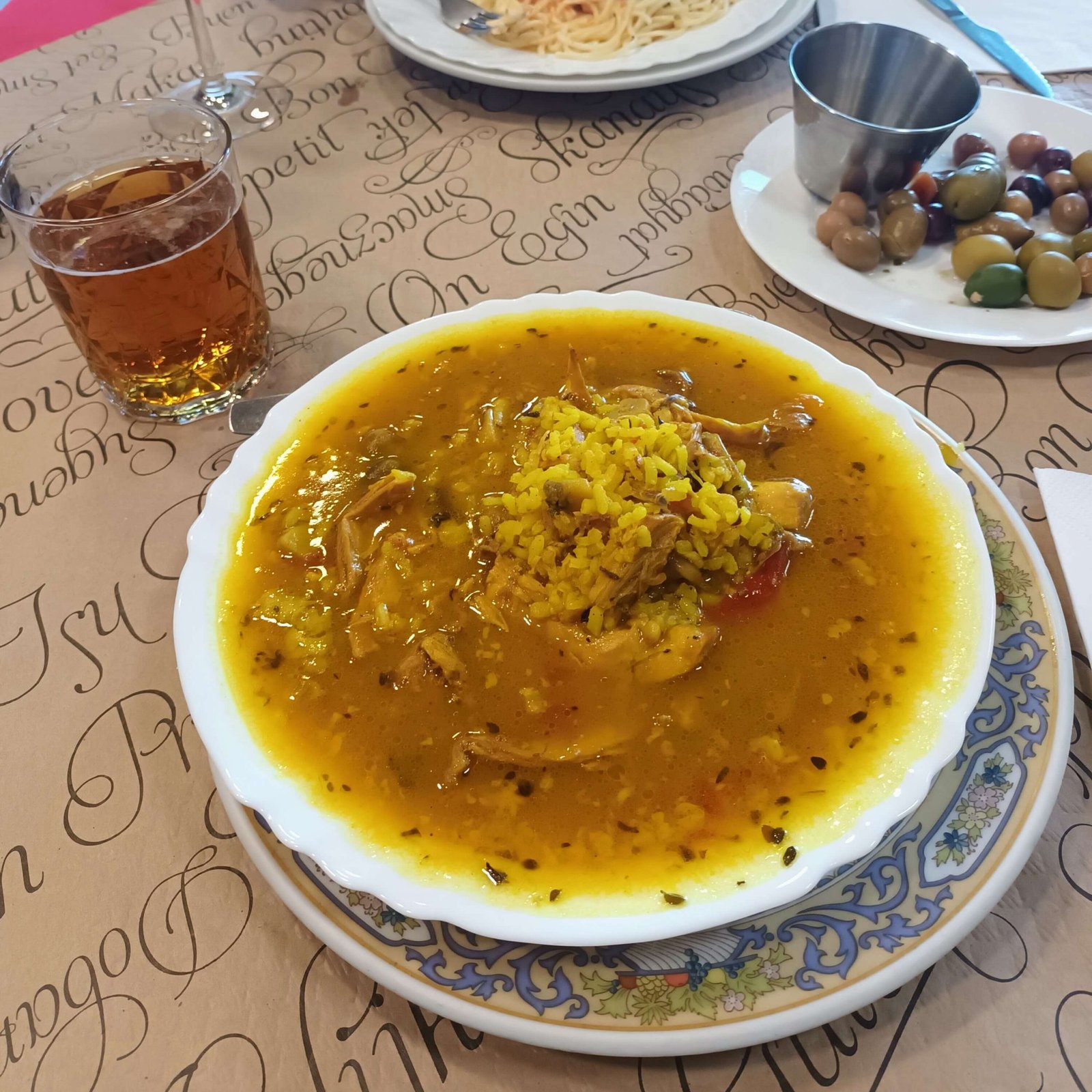
Usually, you’ll be able to choose between 3 – 4 options for each course, and the whole meal could cost as little as 8 EUR (with 15 EUR being the standard in larger cities).
As the name would suggest, the menu del día changes each day.
16. Spanish cuisine isn’t very vegetarian-friendly
While it’s possible to avoid meat in Spain, it’s certainly not easy.
Spanish cuisine features a lot of meat and fish, and vegetarian options tend to be very limited.
If you’re vegan, it’s even more difficult – I’ve been to countless tapas bars where padrón peppers are the only dish suitable for vegans!
With that being said, things are slowly changing.
I have a post all about the best vegan restaurants in Valencia, and I’m sure that more international cities like Madrid and Barcelona also have lots of vegan eateries.
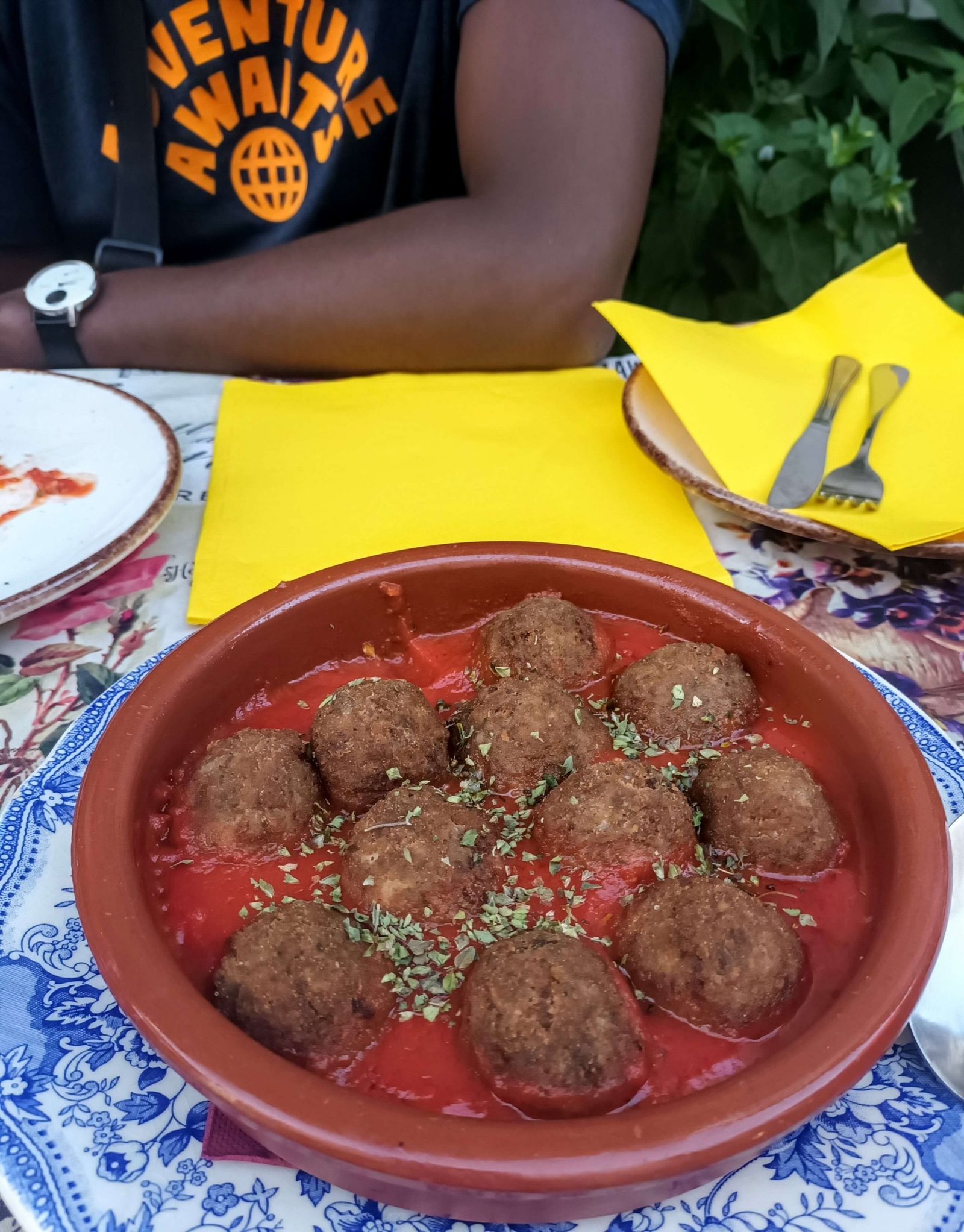
A popular tapas dish
17. Spanish people eat dinner very late
Spanish meal times can definitely be a shock to the system if you’re visiting Spain from the US or UK!
Lunch is the main meal, often consisting of several courses and enjoyed between 2 and 4 pm.
Dinner isn’t eaten until around 10 pm (and this is considered early by many Spaniards!), and if you visit a restaurant at 8, you’ll likely be the only person there!
18. Spain produces more olive oil than anywhere in the world
Move over Italy and Greece – when it comes to olive oil production, Spain produces more than any other country in the world!
The province of Jaén specifically has been linked to the cultivation of olive groves for thousands of years, and today, Jaén is home to over 60 million olive trees, all of which are privately owned!
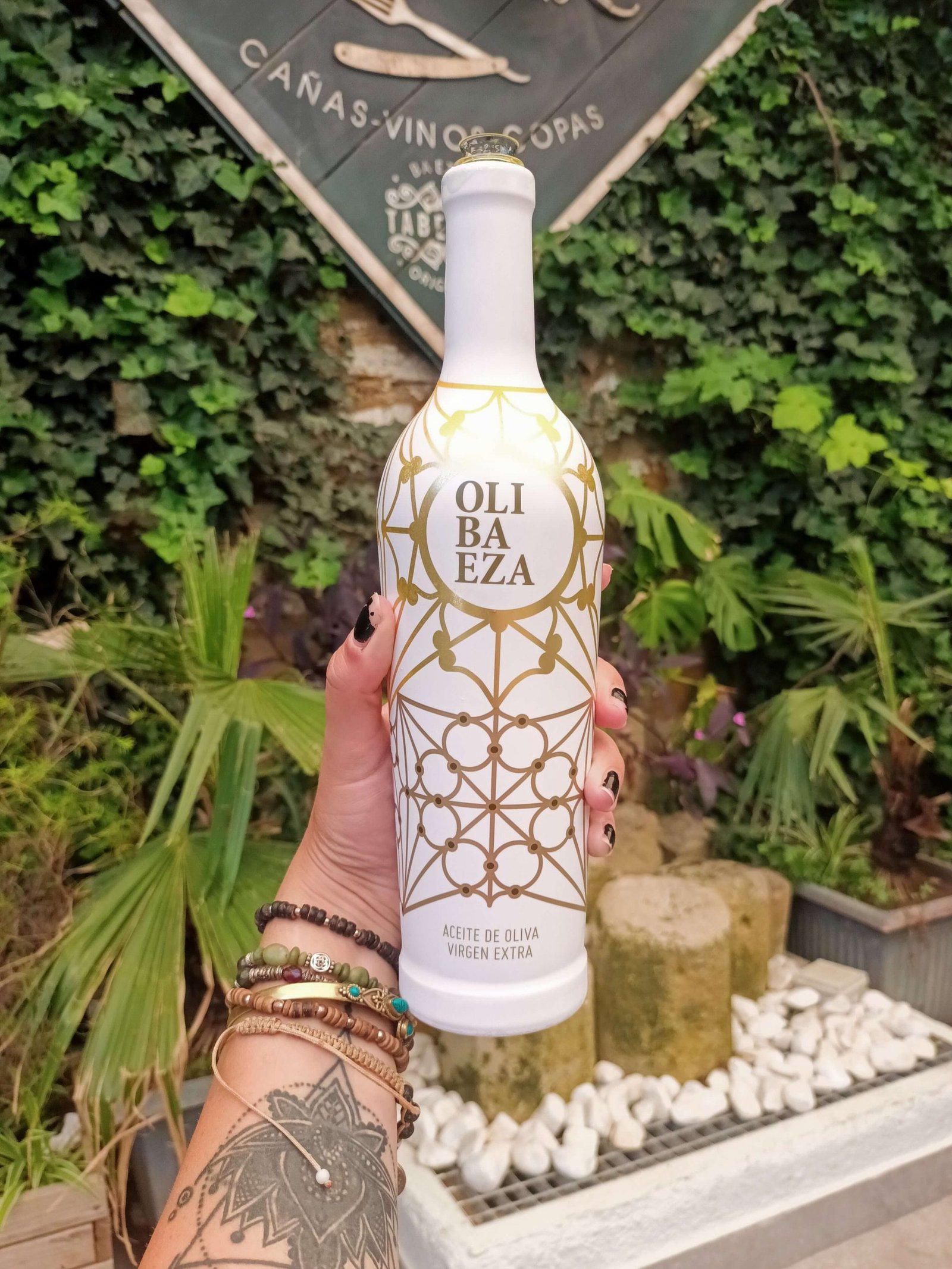
Jaén produces more than 50% of Spanish oil, and up to 25% of the world’s olive oil production, so it’s no wonder that it proclaims itself to be the ‘World Capital of Olive Oil!’
There are numerous olive oil festivals that take places in Jaén each year, and with olive oil tourism on the rise, I can’t imagine that this will come to an end any time soon!
19. Spanish people love ham
Ham, or ‘jamón‘ as it’s known in Spain, is more than just a food; it’s a national obsession.
From the iconic Serrano ham, cured in the mountain air, to prized Ibérico ham, this salty delicacy holds a special place in the hearts of Spanish people.
In fact, at family gatherings, the carving of a whole ham is a celebrated ritual, and it is saved for very special occasions.
I was lucky enough to participate in this tradition with a local hunter in the village where my parents live – he caught and prepared the ham himself, and invited us to enjoy it with him when it was good and ready!
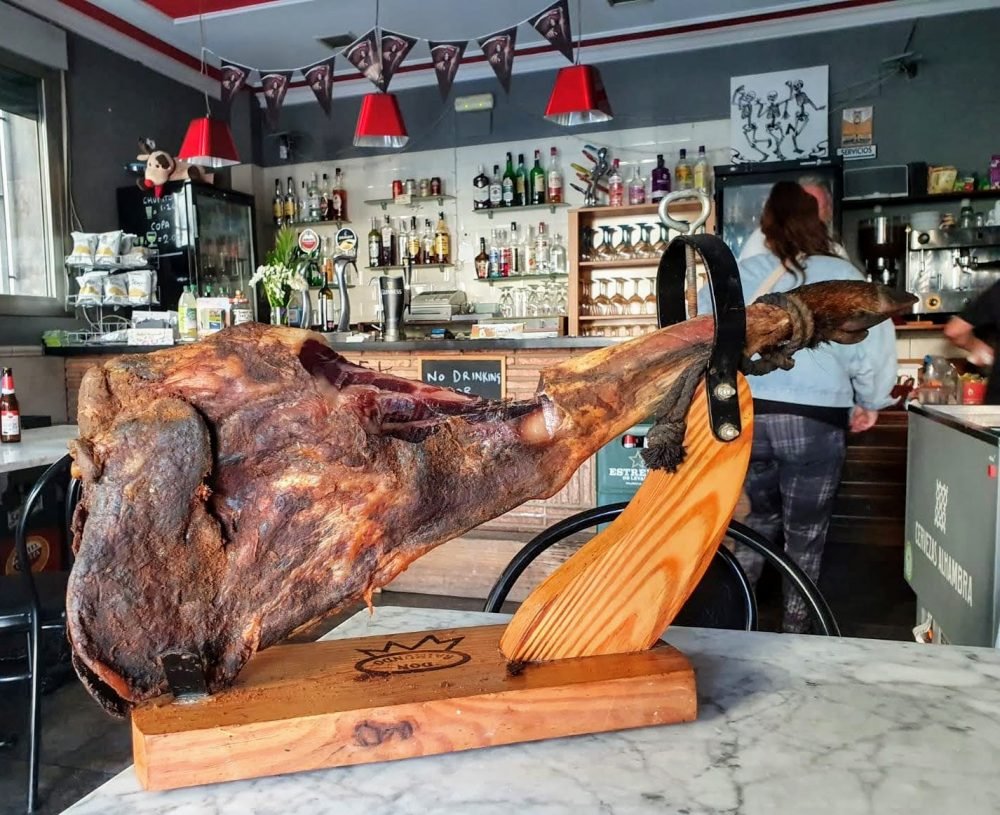
The best jamón that money can buy is the Black Label, 100% Acorn-fed Iberian ham, which is the rarest, most expensive, and highest-quality of Iberian ham there is.
Produced from free-range, 100% pure-bred, acorn-fed Iberian pigs, the shoulders are hung and dried for at least 24 months, and when thinly-sliced, this ham literally melts in the mouth.
I tried Black Label Iberian Ham at the iconic Casa Montaña restaurant in Valencia, and I’ve never forgotten it!

20. Hidden nuns sell cookies in Spain!
When I visited Ronda, my tour guide took my friends and I to a church, and explained that the adjoining convent is home to 25 cloistered nuns that never leave the premises.
When they’re not praying, the nuns bake fresh cookies, bread and cakes, which they sell every morning from a small room to the left side of the church.
The most interesting thing about this is that if you decide to buy something, you won’t actually get to see the nun – everything is done via a revolving tray! You simply state your order, wait for your cookies to appear, and then place the money onto the tray!
There are these so-called ‘secret bakeries’ and ‘hidden nuns’ dotted around Spain, the most famous being in Madrid, at the Monasterio del Corpus Christi las Carboneras.
21. You can eat rice from a cauldron in Murcia
Arroz caldero is a traditional Murcian dish, typical of the Mar Menor (incidentally, the place where I spent my childhood summers).
Arroz caldero takes its name from the cauldron-style pot that it is prepared and served in. It is a rice and fish dish, served in a fishy broth with vegetables, and seasoned with garlic, salt, pepper, saffron, and parsley. Arroz caldero is usually served with a thick hunk of crusty bread and a dollop of alioli.
The dish actually dates back to the 19th century, when fishermen would prepare it on the beach using the small fish that weren’t good enough to sell. However, these days, it is a much-loved lunch special, and you’ll find plenty of Spaniards enjoying arroz caldero at upscale restaurants along the Costa Cálida.
22. Aragon is home to the best cheese in Spain
Aragon is a haven for cheese lovers in Spain. The region boasts a rich cheesemaking tradition, producing a variety of delicious cheeses from cow’s, sheep’s, and goat’s milk.
The picturesque village of Albarracin is home to the prestigious La Cava de Mía, an aged sheep cheese with mould that has won numerous awards.
23. Chorizo is the most famous type of sausage in Spain
Chorizo, the iconic Spanish sausage, reigns supreme in the world of Spanish cured meats. This smoky, paprika-infused sausage is a staple in Spanish cuisine, enjoyed in countless ways.
You’ll find it sliced on tapas plates, adding a smoky, savoury kick to stews, soups, and paella, or sizzling in hot cider. Whether you prefer the spicy ‘chorizo picante’ or the milder ‘chorizo dulce,’ this versatile sausage is certainly the most well-known sausage in Spain.

24. Valencian rice is famous!
Valencians are fiercely proud of their rice dishes, from classic paellas to baked rice with ribs, to fish in seafood broth.
Seriously – there’s even a rice museum in Valencia!
Valencian rice even has its own Denomination of Origin, and you’ll often find rice served at lunch.
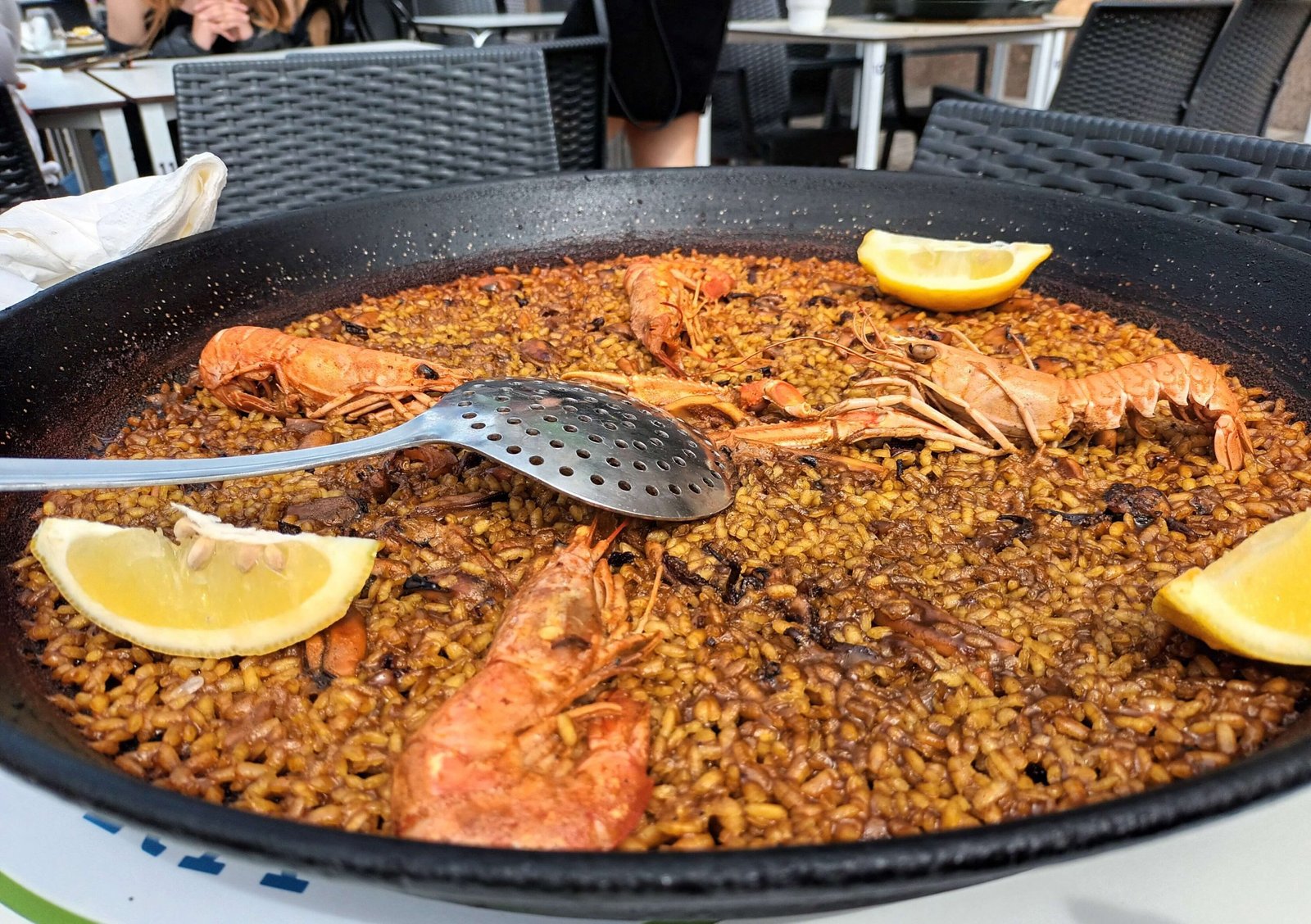
25. Spanish people love cold soup
Soup is a major part of Spanish cuisine, especially Andalucian cuisine.
It makes sense when you think about it – things get hot in the south of Spain, and cold soup is a welcome respite from the oppressive heat that Spain receives in the summer!
Popular cold soups include gazpacho, salmorejo, Porra Antequerana, and ajoblanco, with gazpacho being the most famous outside of Spain.
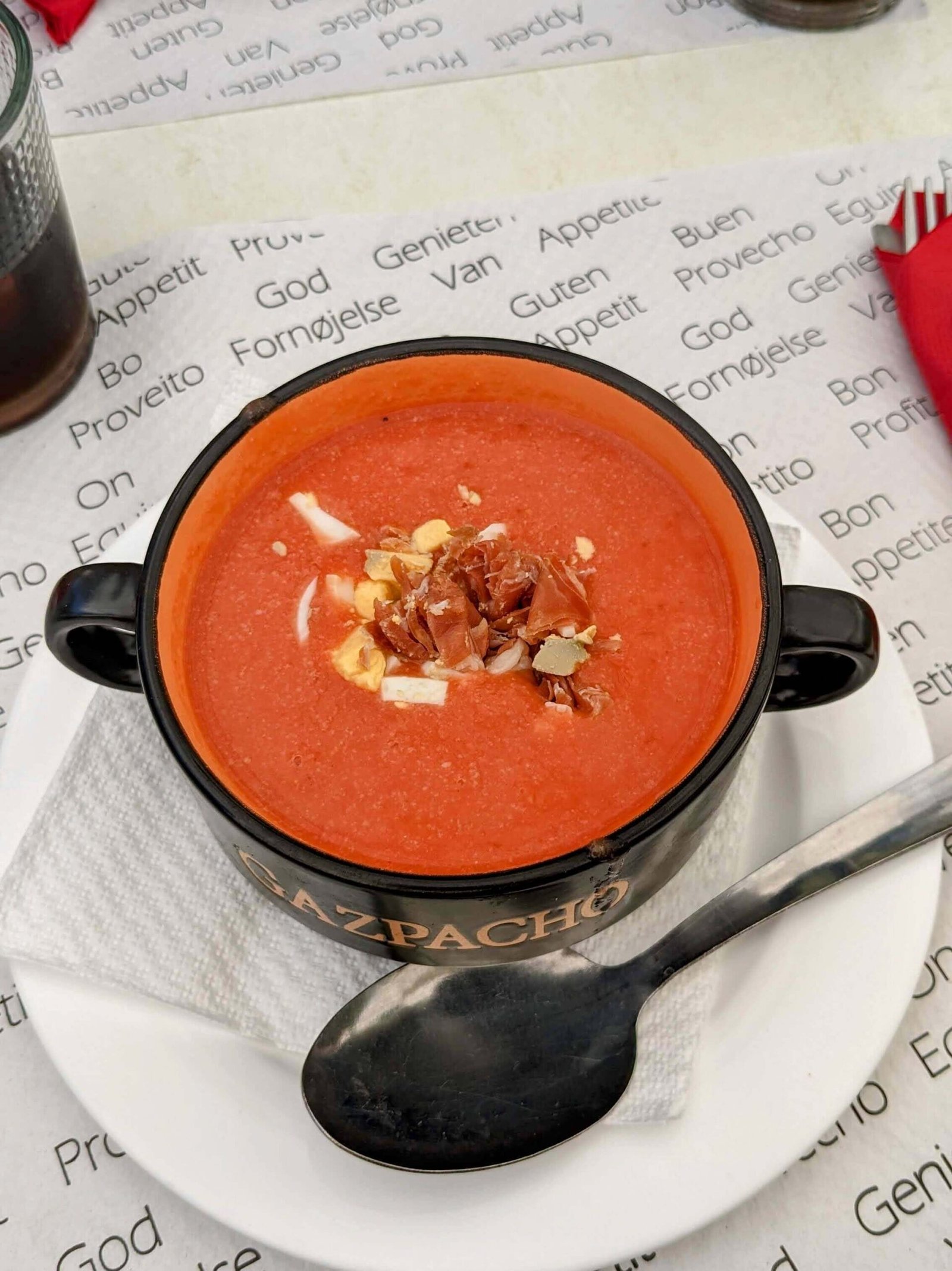
26. Patatas Bravas are the most famous potatoes in Spain
Patatas bravas are a very famous Spanish tapa, if not the most famous. In fact, it’s hard to find a tapas bar in Spain that doesn’t have them on the menu!
Patatas bravas are crispy fried potatoes, cut into bite-sized cubes, and ‘patatas bravas’ literally translates to ‘brave potatoes,’ which is commonly understood as ‘spicy potatoes,’ due to the spicy tomato sauce that is served with them.
Bravas are often also served with garlicky alioli.
27. Spanish desserts often include milk
Have a sweet tooth?
Then you’ll love Spanish desserts!
Milk takes centre stage in many traditional treats, offering a creamy base that perfectly complements the country’s love for bold flavours.
From comforting rice pudding (Arroz con Leche), to the rich and custardy Crema Catalana and Las Natillas, milk forms the foundation for a whole host of Spanish puddings.
Even flaky pastries like hojaldre often get a milky filling, making Spanish desserts a nightmare for the lactose-intolerant among you!
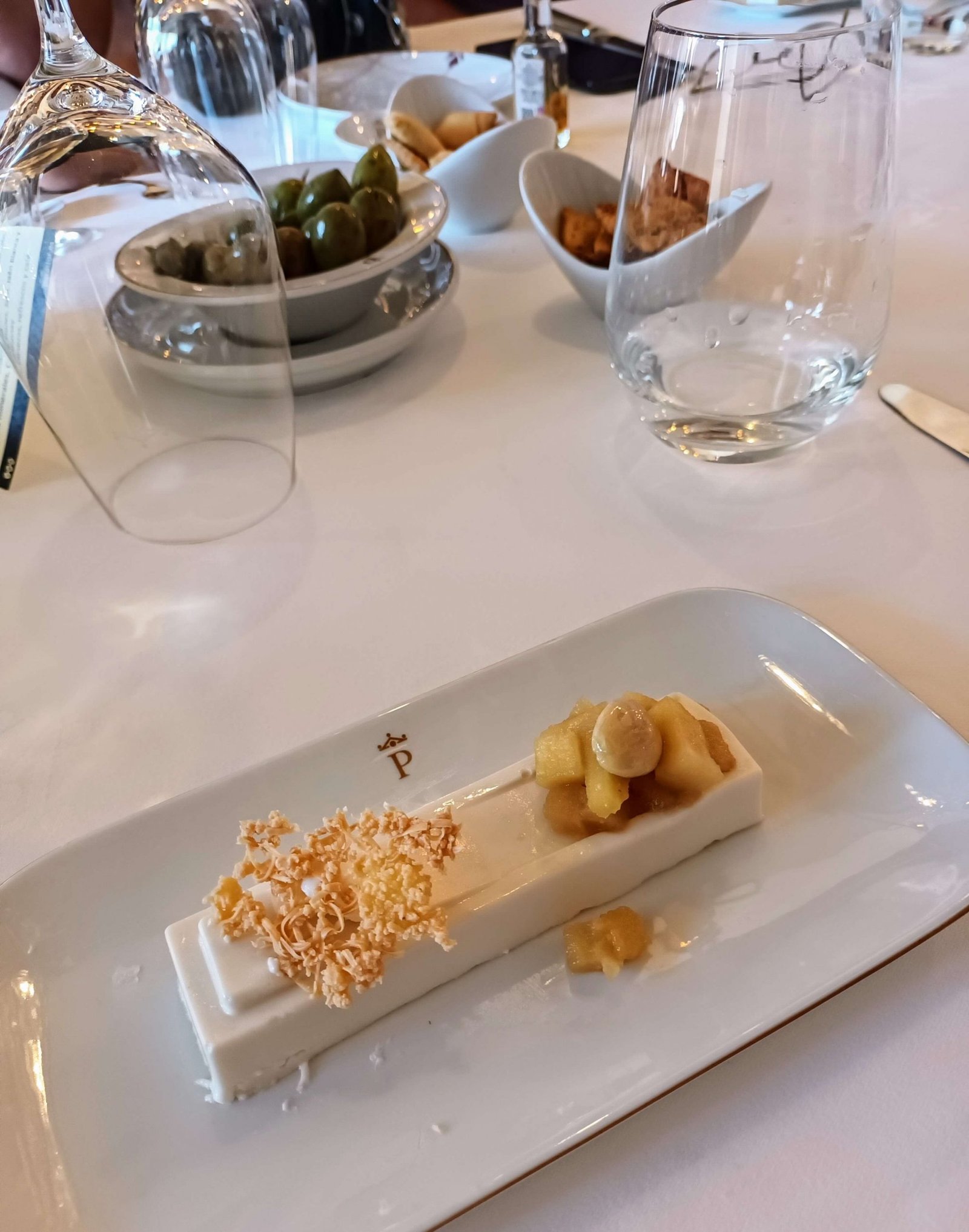
28. You can eat bull’s tail in Spain
While cuts like tenderloin and ribeye might be popular outside of Spain, bull’s tail is a staple in Spanish cuisine, and one that shouldn’t be overlooked!
This cut, once considered offal, has become a beloved ingredient for its affordability and rich flavour, and having tried bull’s tail in various dishes, I have to admit that I’m a fan!
One of my favourite Spanish dishes is ‘Rabo de Toro,’ a slow-cooked stew with tender bull’s tail, vegetables, and red wine. I also love bull’s tail croquettes as an appetiser or tapa.
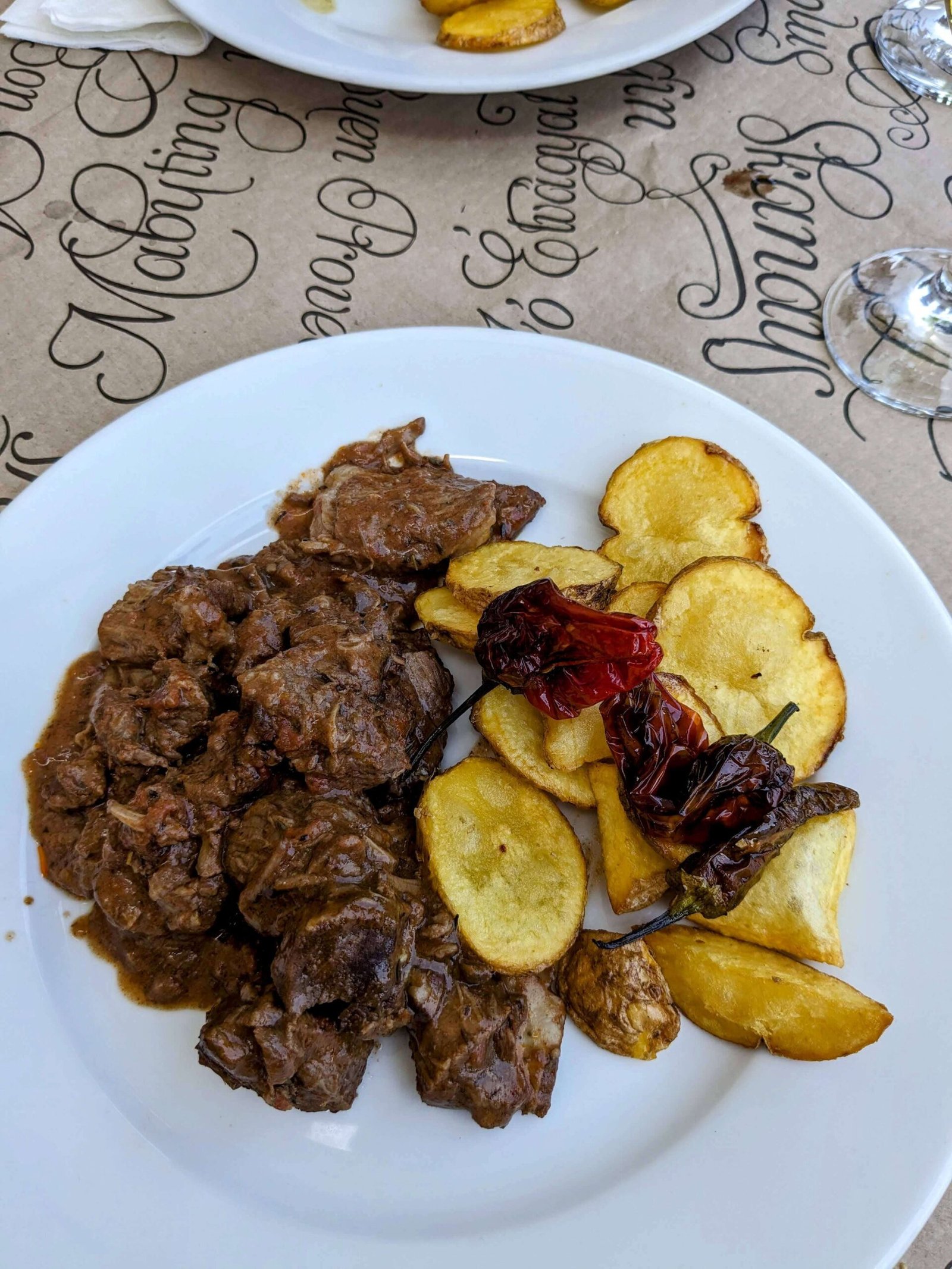
29. Spain is home to the oldest restaurant in the world!
The title of the world’s oldest restaurant goes to Restaurante Botín in Madrid, which has been operating for almost 300 years!
Botín opened its doors in 1725, as a small tavern that offered weary travellers a place to sleep at night.
Today, it uses recipes that have been handed down through the generations, and it specialises in roasted meats such as suckling pig and lamb.
Botín was even been mentioned by Ernest Hemingway in his novel ‘The Sun Also Rises.’
30. Spanish food has African influences
During their long occupation of the Iberian peninsula, the Moors certainly made their mark on Spanish cuisine.
You’ll frequently find Arabic influences in Spanish recipes, such as the inclusion of fruit and nuts in meat and fish dishes, seasonings like saffron and citrus fruits, and ingredients such as rice, aubergines, artichokes, and sugar cane.
31. People in Malaga are named after anchovies!
People from Malaga love seafood so much that they’ve even nicknamed themselves boquerones – that’s ‘anchovies’ to you and me!
It’s certainly true that Spain is home to some excellent seafood, especially along the coast.
Barbecued sardines, platters of fried fish, and Galician-style octopus (sliced octopus with boiled potatoes and paprika) are some of the most common Spanish seafood dishes, and they’re all delicious!
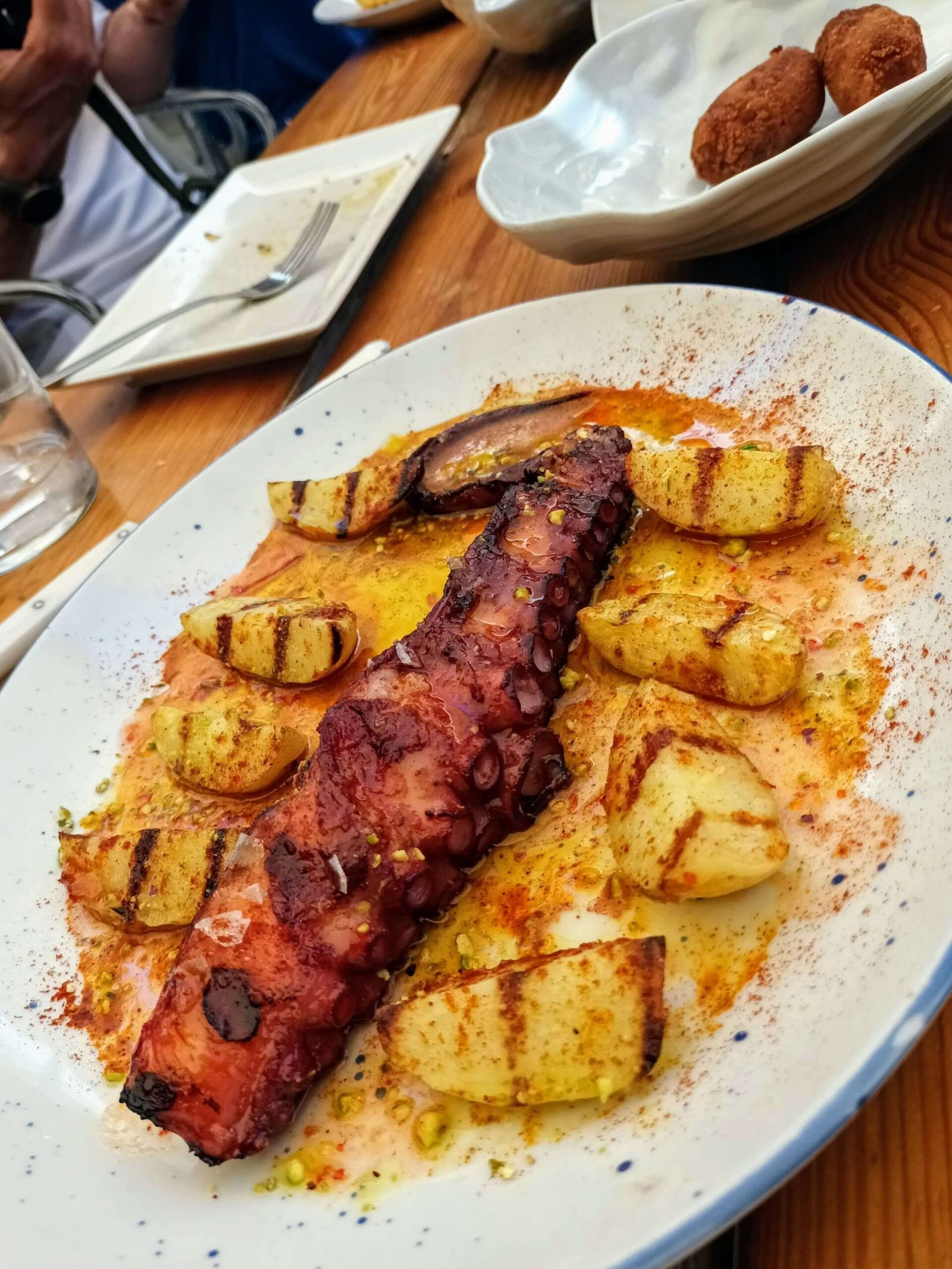
32. 13% of the world’s vineyard is grown in Spain
While France and Italy are often the first countries that come to mind for wine, Spain has a booming wine industry, with more vineyards than any other country in the world!
An impressive 13% of all land dedicated to grapevines globally is found in Spain, and this vast network of vineyards fuels Spain’s position as the world’s third largest wine producer.

33. It’s fine to drink beer in the morning!
So this is less of an objective ‘fact’ and is based on my personal observations after living in Spain, but it certainly isn’t uncommon to see Spanish people enjoying a (small) beer at their favourite bar in the morning!
Beer is the most popular drink in Spain, with 8 out of 10 Spaniards reporting that they drink beer, and Spain being home to more bars per inhabitant than hospital beds!

34. Valencia has its own cocktail
Agua de Valencia is a cocktail hailing from – you’ve guessed it – Valencia!
Made using freshly-squeezed Valencian oranges, vodka, gin, and a splash of Cava, Agua de Valencia (literally ‘water of Valencia’) is a refreshing cocktail that is perfect on a hot summer’s day.
It is typically served by the jug, and it is much stronger than it tastes!
If you fancy making your own, you can check out my Agua de Valencia recipe here.

Spanish Food Facts | Final Thoughts
So, that brings us to the end of my monster list of facts about Spanish food!
Some of the things on this list are pretty well-known, but I hope that I’ve managed to include at least a couple of things you didn’t already know!
You may also find some of my other food posts interesting:
70 Facts About Italian Food
Facts About Portuguese Coffee Culture
24 Andalucian Dishes You Have to Try
The Ultimate Guide to Greek Food
Most Popular Polish Foods
Most Famous Czech Foods
19 Famous Bulgarian Dishes
That’s it for today, but as always, if you have any questions then please don’t hesitate to reach out and let me know in the comments section below!
Until next time,
XOXO
If you liked this article and would like to support my work, please click the button above to donate a couple of bucks and buy me a coffee. The ad revenue that I receive on this website is minimal, so support from my readers enables me to keep creating content that you (hopefully!) love to read.
Disclaimer: This page contains affiliate links. If you make a purchase on a recommended site, I may earn a commission at no extra cost to you.

